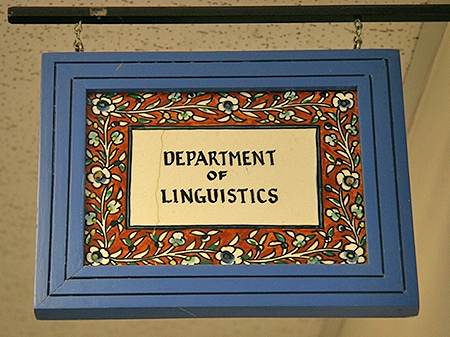
Linguistics ETDs
Publication Date
Summer 7-29-2019
Abstract
This study of the distribution and function of Historical Present (HP) in Old French, Old English, and Old Norse narratives combines the methods of cognitive linguistics and corpus-based discourse analysis with insights from work in sociolinguistics, linguistic anthropology and medieval studies. I show that HP, in combination with those other features, is a strategy to establish stance, a strategy that both constructs and reinforces a cultural persona. Although previous research on HP in narratives focused on the use of HP to foreground events and contrast marked vs unmarked events in narratives, my analysis shows that HP has an additional range of expressive purposes that are associated with situating the narrator and establishing a stance towards the audience and the events and characters portrayed.
The stance associated with HP varies according to its combination with other features. This combination can be thought of as a meta-construction, and I argue that the definition of ‘construction’ may be expanded and applied to include narrative structure as a whole. The narrative as a meta-construction then evokes an entire speech community frame or culture, suggesting that the speech community as a whole constructs a meta-persona through its familiar, institutionalized narratives, in much the same way that Eckert (2008) and 3rd wave variationists show that language use centers on speakers constructing personas.
Language
English
Keywords
Historical present, Meta-construction, Medieval narrative, Socio-cultural identity
Document Type
Thesis
Degree Name
Linguistics
Level of Degree
Masters
Department Name
Department of Linguistics
First Committee Member (Chair)
Melissa Axelrod
Second Committee Member
Jonathan Davis-Secord
Third Committee Member
Dawn Nordquist
Fourth Committee Member
Naomi Shin
Recommended Citation
Price, Laurie A.. "Medieval Narratives as Meta-constructions Used in Creating Socio-cultural Identity." (2019). https://digitalrepository.unm.edu/ling_etds/65
